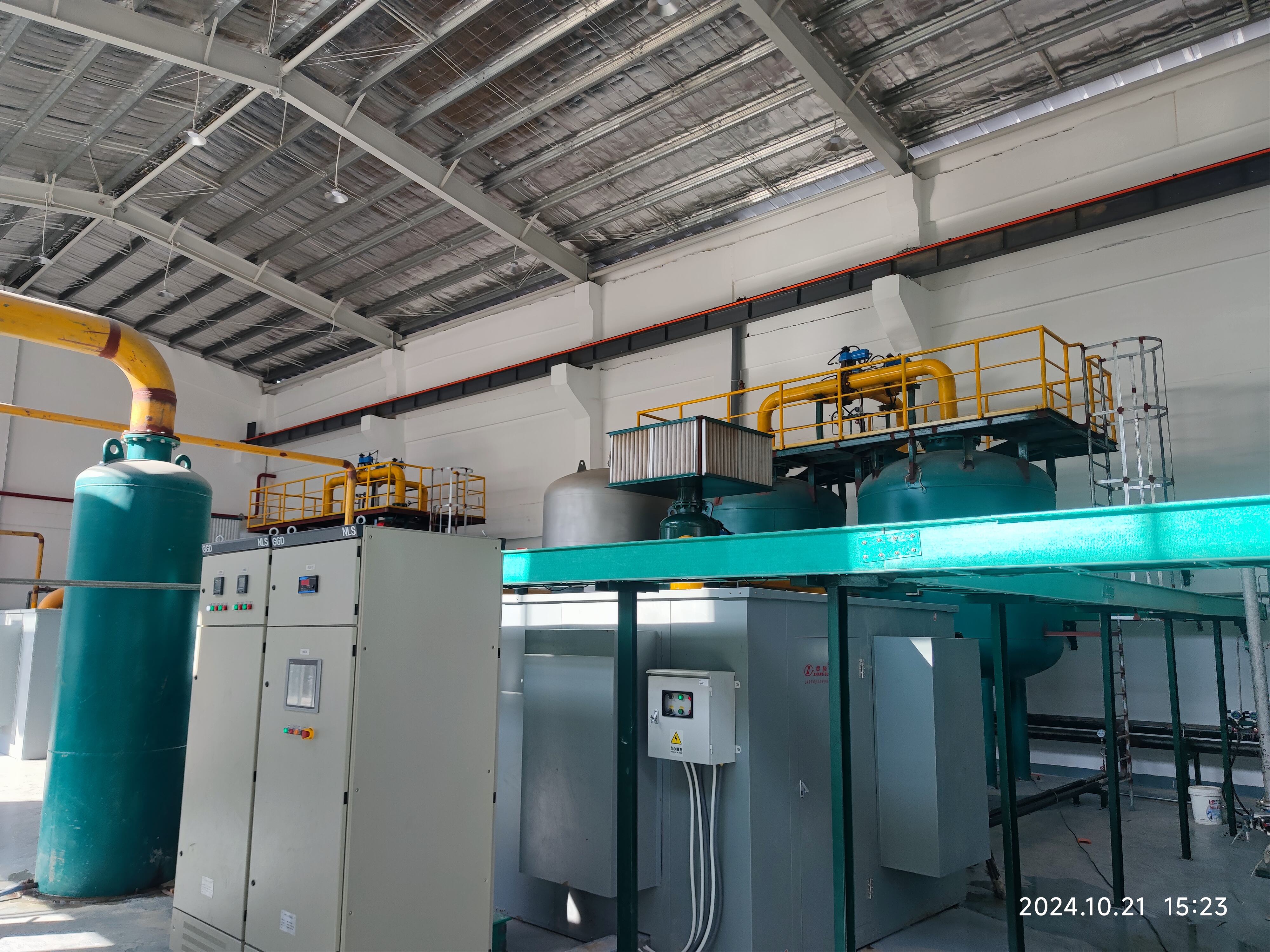özəlliklə məntiqi oksijen istisna edilən tesisləri
Standartlaşdırılmamış adsorbsiya oksijen tesisləri, gaz ayırma və təmizləmə sistemlərində ən yaxşı texnologiyaları təmsil edir. Bu innovativ tesislər, çevrilmək olunan hava dan high səviyyəli oksijen istehsal etmək üçün dövşəq adsorbsiyası (PSA) texnologiyasından istifadə edir. Tesislər, sıqışdırılmış hava molekulyar sitröv yataqları travésinden keçirdikdən sonra seçici şəkildə azotu adsorbsiyaya çəkir və oksijenin akmasını izin verir. Bu proses, oksijenin səfiyyəsini %95-ə qadar yüksəltir. Tesislər, avtomatik idarəetmə sistemləri, enerji-efektiv komponentləri və məhsuldarlıq tələblərinə uyğunlaşdırıla bilən modullarlı dizaynlara malikdir.Əsas texnoloji xüsusiyyətləri, duzgunluq molekulyar sitrövləri, yenilikçi kompresorlar və performansın sadəcə birbərliyini təmin etmək üçün modern izləmə sistemlərini əhatə edir. Bu tesislər, sağlamlık tesisləri, çəlli işıqlandırması, şüşə istehsalı və kimya işlərində müxtəlif sahələrdə geniş miqyasda tətbiq tapır. Bu tesislərin standartlaşdırılmamış doğası, kiçik miqyasda operasiyalardan böyük endustriyalıq quraşdırmalara qədər kapasitet dəyişikliklərini imkan verir və onları müxtəlif işləmə ehtiyaclarına uyğunlaşdırır. Sistemlər, güvəndirici təhlükəsizlik önlemlərini, basinq göstəricilərini və keyfiyyəti idarə etmə mekanizmlərini daxil olmaqla güvəndirici oksijen istehsalını təmin edir.


